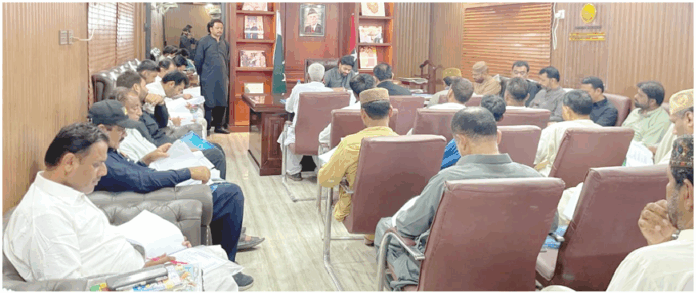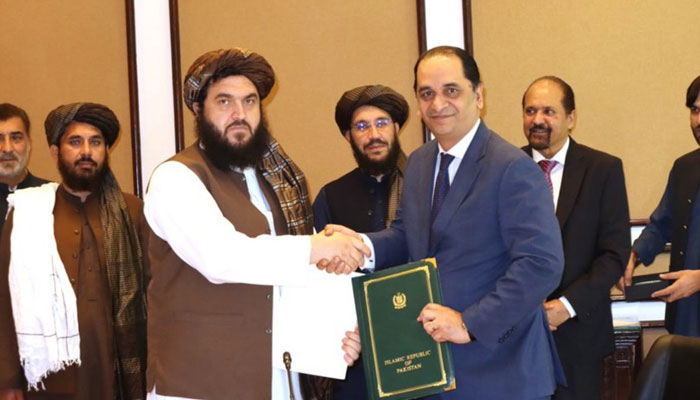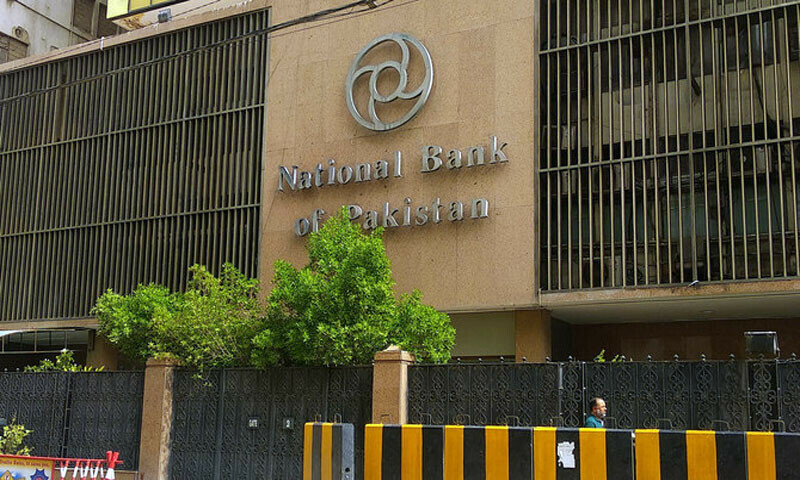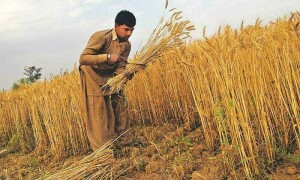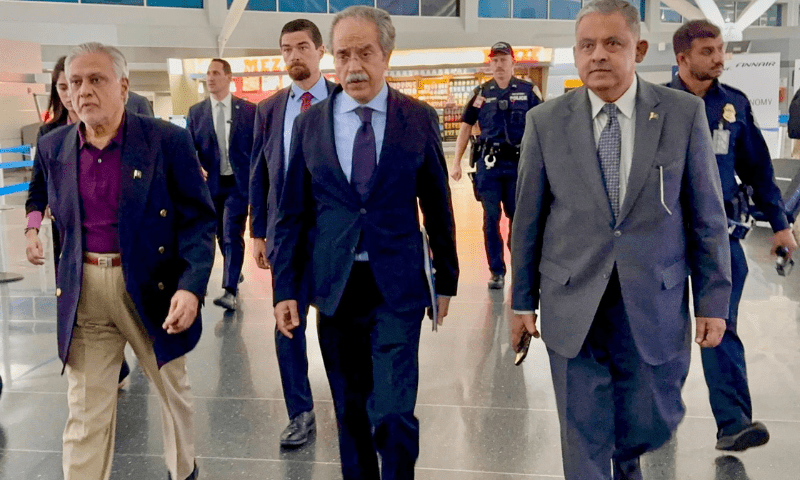TRADE & ECONOMY
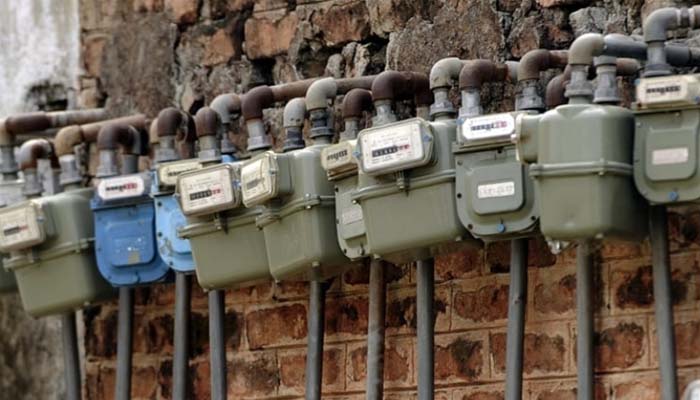
The federal government has crafted a comprehensive plan to tackle the country’s ballooning Rs2,800 billion circular debt in the gas sector — but the financial burden will largely fall on consumers, according to official sources.
Like the strategy used in the power sector, the government is now considering imposing a petroleum levy ranging between Rs3 to Rs10 per liter, along with gas price hikes, to recover the circular debt. A massive Rs2,000 billion loan from commercial banks is also being planned, which the public would repay through this levy over the next seven years.
A special task force has been formed to oversee the strategy. It includes:
· Lt. Gen (Retd) Zafar Iqbal
· Minister for Privatization Muhammad Ali
· Officials from CPPA, SECP, and NEPRA
Key Features of the Debt Recovery Plan:
1. Special Petroleum Levy:
o Rs3–10/liter proposed.
o At Rs1/liter: Rs18 billion/year generated.
o At Rs10/liter: Rs180 billion/year.
o Target: Rs250 billion annually to service the Rs2,000 billion bank loan.
2. Gas Price Hike:
o An increase in gas tariffs is under active consideration to reduce losses and align costs.
3. Eliminating Cross-Subsidies:
o The existing Rs160 billion cross-subsidy provided to domestic consumers will be phased out by Dec 2026.
o From Jan 2027, targeted subsidies will be implemented using BISP data to assist low-income consumers.
4. Handling Rs800bn Surcharge and Interest:
o Will be managed through partial waivers or negotiated payments with relevant stakeholders.
5. Structural Reforms Under Consideration:
o The task force is also evaluating whether inefficient Sui Gas companies should continue as is or be restructured, potentially privatizing distribution and transmission to prevent future circular debt accumulation.
Political and Economic Implications
Officials admit that while a uniform average gas price of Rs1,890 per MMBTU would stop circular debt from growing, implementing such pricing across all categories is politically sensitive.
The plan represents a difficult but necessary decision as Pakistan grapples with fiscal pressures and commitments to international lenders, including the IMF. However, public backlash over fuel price hikes and the ending of subsidies could test the government’s political resilience.
If implemented as envisioned, this initiative could be a turning point for Pakistan’s troubled energy sector — but at a significant cost to consumers.
